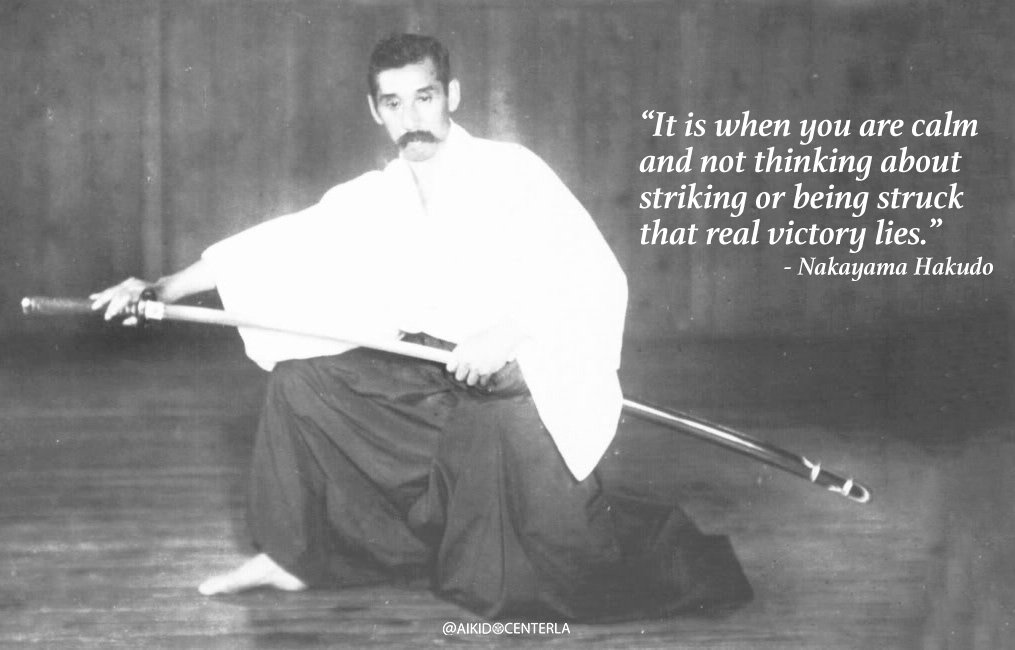A true martial artist never gives up. Many think that being a “true” martial artist means having strength, talent, or ability but those things mean nothing if we quit. One the main things that we are learning in martial arts training is how to have touki (闘氣) or “fighting spirit.” Fighting spirit is defined as “Having a feeling that you are ready to fight very hard for something or to try something difficult.” When a person develops a fighting spirit mindset then they will shishitenochiyamu (死して後已む) or “never give up until they are dead.” A long time ago, Furuya Sensei was admonishing us for being lazy and casually mentioned, “you should train so hard that people call this dojo, ‘oni dojo’ (鬼道場).” Coincidentally, I had just read a book on swordsmanship which translated oni as “hell” and so I thought Sensei meant that we should be training like we are suffering in hell. The other day, I happened to see that oni (鬼) really meant “ogre” or “demon” and that when you add the kanji 鬼 to another word, it means “sent from hell.” Curiously, I looked up the kanji and saw that one meaning for oni is “to be ogre like” and the explanation defined the traits of an ogre as being “fierce, relentless, and tenacious.” I thought to myself, “Ahh, that is what Sensei meant by oni dojo.” Sensei wasn’t calling for us to make the dojo a hellish place but rather that we should be training with the spirit like ogres sent from hell. When we are fierce, relentless, and tenacious or have fighting spirit, there is no way we would ever quit and therefore there is nothing that we wouldn’t be able to accomplish. Fighting spirit is 100% mental and so it is one of those things that we can’t be taught but we can learn. In martial arts training, we learn fighting spirit every day when we are confronted by adversity and surmount them. With every problem, difficulty, or discomfort that we overcome, our fighting spirit grows. Coach Vince Lombardi said, “Once you learn to quit, it becomes a habit.” So true indeed. A true martial artist isn’t necessarily the person who has physical strength, talent, or ability but they are the people who will stay and fight despite the odds or the opponents.
Today’s goal: What in your life could use a dose of fighting spirit?
Watch this video anytime you feel like giving up





















